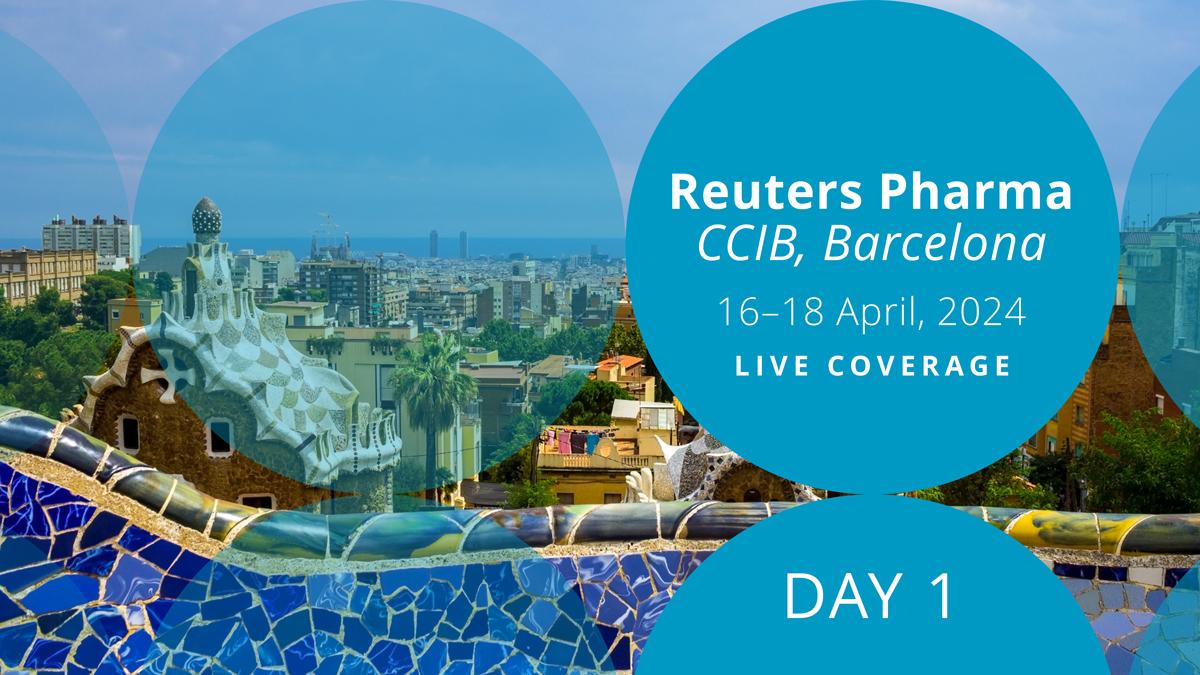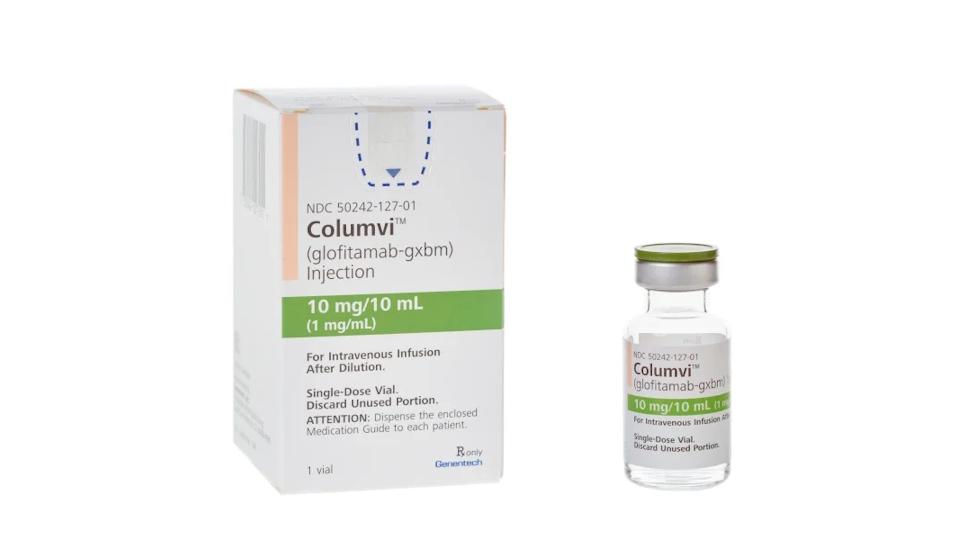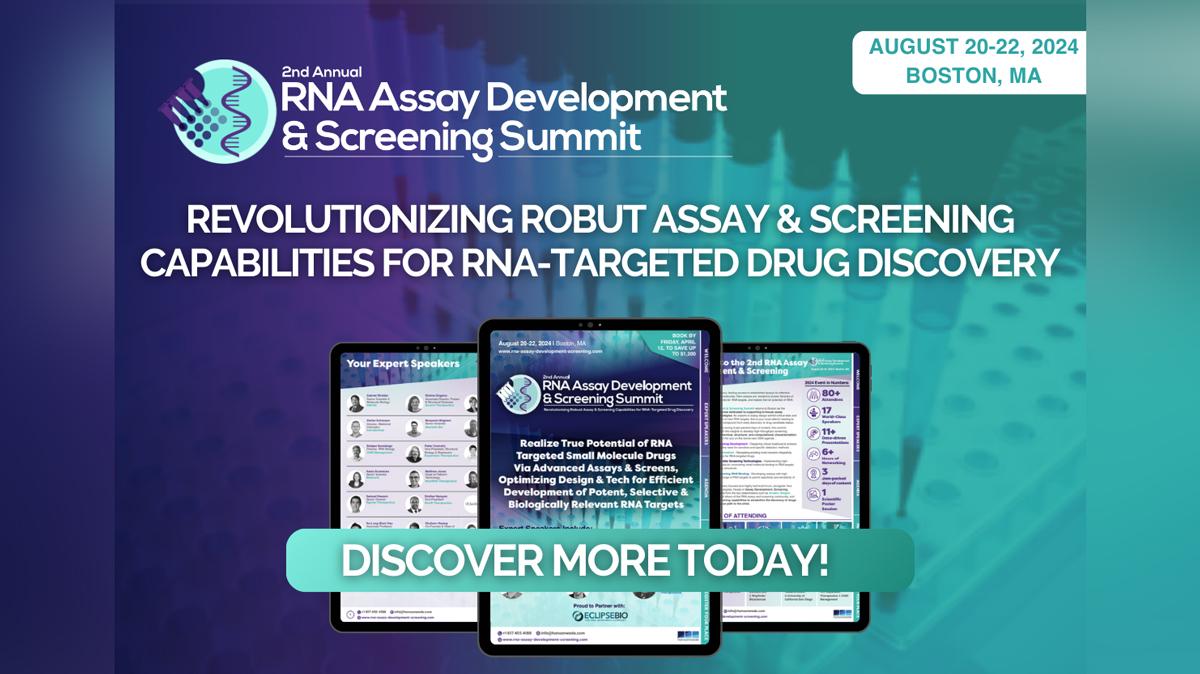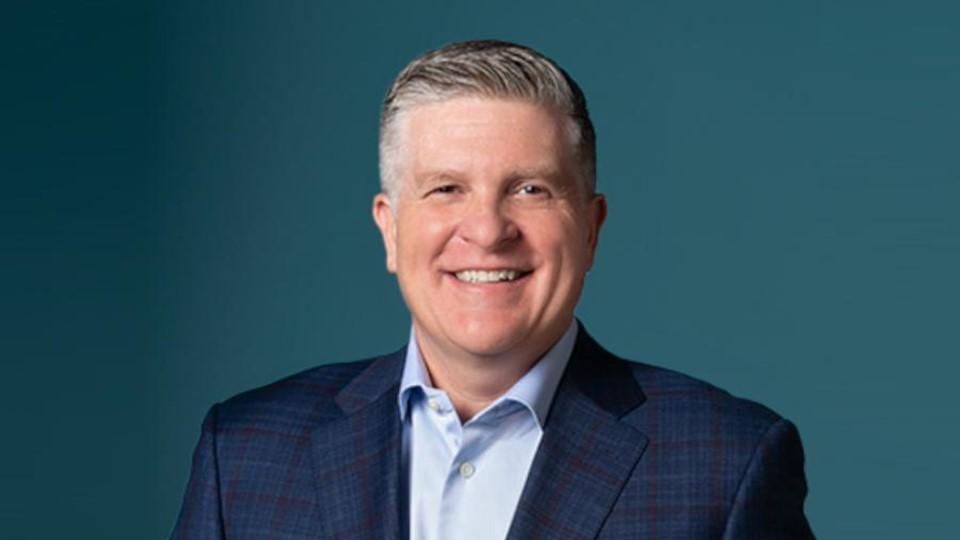The power of communication: engaging diverse groups in healthcare

Humans are diverse and communications to engage us need to be inclusive. It’s no longer about talking to a group, a cohort or an imagined section of society – especially in healthcare. Page & Page's Lisa Jane Lishman outlines why communication and the strategies behind it need to be more personal to ensure that people – whoever they are – feel valued and respected.
As patients, we no longer want to be passive receivers of treatment and care, we want to be involved. This shift has been driven by a recent (expedited) adoption of digital technology and improved access to health information. Trends have started to emerge that show, on the whole, we as healthcare consumers are now more willing to enter into a dialogue, participate and influence decisions concerning our own care. As reported by PWC, this seismic change from a ‘traditional’ patient to an empowered and informed patient demands a more sophisticated, engaging and personalised communication strategy.
Today, people are culturally, socially, and demographically diverse. Understanding and developing a communication strategy that resonates and is relevant is fast becoming one of the greatest challenges facing healthcare companies. There is a risk that the quality of healthcare provided can vary depending on healthcare professionals’ ability to tune into the values and preferences of individual consumers.
It is no longer a ‘one size fits all’ model. We are diverse, and the messaging and media of a communication strategy must reflect this. There is nothing more personal than an individual’s health, or that of their family and loved ones. Communications need to go back to basics, delivering well crafted, targeted messages (the right messages) to a specific group of people (the right people), in the most engaging way (the right way, by the right person) so that it engages them.
Ultimately, the consideration needed to ensure that healthcare communications are successful comes down to them being both well designed and well delivered. These needs must be kept in mind throughout the communications process – from developing the necessary insight into patients and defining the best way to engaging the target audience, to developing and delivering clear, accessible and compelling content that feels personal.
Just because I understand you, doesn’t mean you understand me
The first step to successful healthcare communication is ensuring it is delivered in a language which is understood by the target group using words and terminology that resonate with them. (That won’t always be English. In the 2011 Census, 8% of the population in England listed a language other than English as their ‘first language’, and 1.3% said they could not speak English well.)
However, overcoming the language barrier alone is not enough. The next stage is delivering targeted messages that go above and beyond language to engage a specific group in a manner that they can relate to.
There are a multitude of examples in the press of initiatives to change perceptions, challenge barriers and adopt a diverse and inclusive approach – blood drives, COVID19 vaccinations, cervical screening to name a few. But underneath it all, it’s the need to communicate with people, as people in a way that they listen to.
The effectiveness of the right messages in the right place is also affected by who is actually delivering it. Research has shown that people have an affinity for people they perceive as being similar to themselves. This perceived similarity becomes even more important the less we know about the person. If someone looks like us, speaks like us or has similar life experiences, we’re more drawn to them, are more likely to listen to what they have to say, and trusting them is a little easier.
Individuals bring with them a diverse set of perspectives, work and life experiences, as well as religious and cultural differences. The power of diversity can only be unleashed, and its benefits reaped when healthcare companies take the time to recognise these differences and consider these when creating communications. Adopting an inclusive approach will better engage individuals making them feel valued.
Evidence shows that when people feel valued, they engage more and feel part of the conversation. That conversation can shift mindsets, remove perceived or historical obstacles and help increase the adoption of new behaviours. Recognising the need to develop communications on a more targeted level will help harness its power to create a culture shift for higher engagement and improved patient outcomes.
About the author
 Lisa Jane Lishman is partner and commercial director at Page & Page and Partners. With a career spanning over thirteen years, Lisa began in market research using virtual and online tools to deliver consumer insights to the world’s top ten global consumer and pharmaceutical companies helping to inform brand strategy. On joining Page & Page, Lisa has drawn on her rich experience and passion to improve people’s lives to work across campaigns for both healthcare professionals and patients.
Lisa Jane Lishman is partner and commercial director at Page & Page and Partners. With a career spanning over thirteen years, Lisa began in market research using virtual and online tools to deliver consumer insights to the world’s top ten global consumer and pharmaceutical companies helping to inform brand strategy. On joining Page & Page, Lisa has drawn on her rich experience and passion to improve people’s lives to work across campaigns for both healthcare professionals and patients.












